“When you are tired, instead of taking your frustrations out on others, take a nap.” ~ Timber Hawkeye
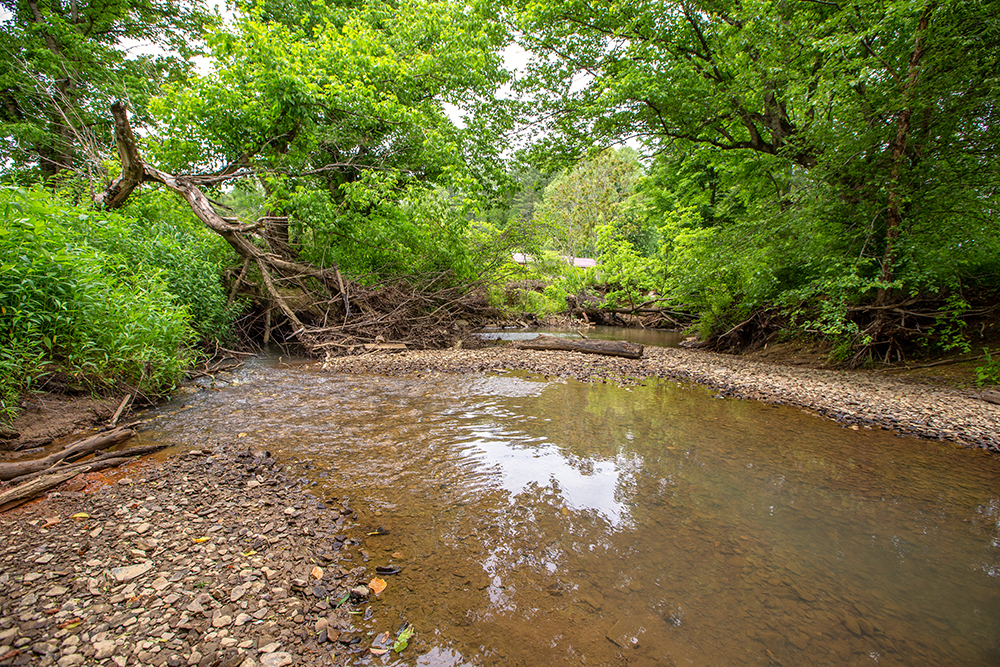
One of my strongest memories from childhood comes from when I was three years old. We’d not been living at our house at Malone for long when dad and Vernon cooked up an idea to stop the loss of their yards to Caney Creek’s insatiable appetite. Caney separated us from Ade Lykins’ farm that, back then at least, grew corn. Caney, the creek, starts at the head of Railroad Fork, where my great grandparents, Arby and Dora Bailey Prater, lived out their lives and where my Terry grandparents brought their growing family when the coal camps of Hardburly and Leatherwood became too treacherous for children. The spring-fed creek meanders through Cannel City, twisting around the remains of the once vibrant coal camp and flowing down into the area that takes its name from the creek, Caney, or the creek took its name from the area. I don’t know which came first. The creek picks up tributaries along the way as it follows Highway 191 past Vance Fork, Stacy Fork, Barker Branch, and through Malone, pictured here. Just beyond Index, Caney finally empties into the Licking River near the house on Liberty Road where mom and dad lived for 40 years. I know this water, this creek, these hills, this valley like I know my right hand.
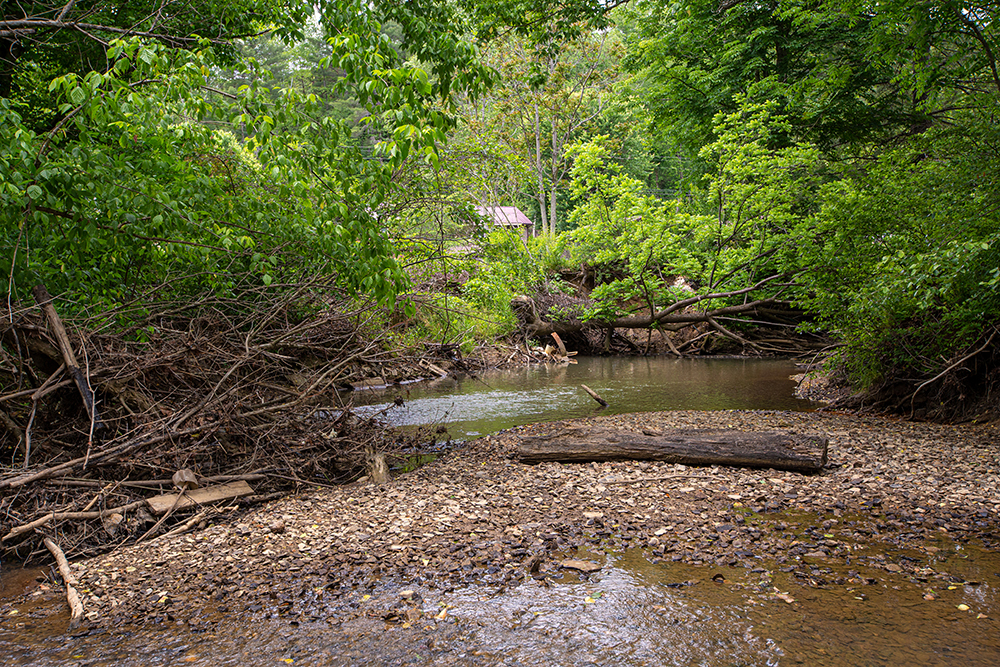
Caney takes a turn, mostly at what used to be our backyard, and with each high-water event, Dad and Vernon saw more of their land wash downstream. Remember that dad and Vernon Vance were half-first cousins and next-door neighbours at Malone, so they were quite familiar with the can-do spirit of our ancestors, which usually follows the mantra; “by any means necessary.” In 1968, dad and Vernon bought a couple of junker cars and pushed them into that creek bend in our backyard, with me screaming bloody murder every step of the way. I was convinced that dad was going to die with the Studebaker he was pushing into the creek. We were all there watching as the two men tried to fight nature – me, mom, Mary, and Mary and Vernon’s three kids Patty, Steve, Beverly, and it seems like a few others, too. Though admirable, the idea did not keep the water from stealing their lands, though it probably did slow progress until the cars disintegrated to rust. In the photos above and below, you can barely see what’s left of the chassis of the Studebaker laying along side bricks, concrete block, and even an old bed frame, all thrown into the widening abyss that used to be our backyard. Today, the chasm is easily 15-18 feet inland from the Studebaker’s original 1968 grave. Sometimes these measures work. In this case, it did not.

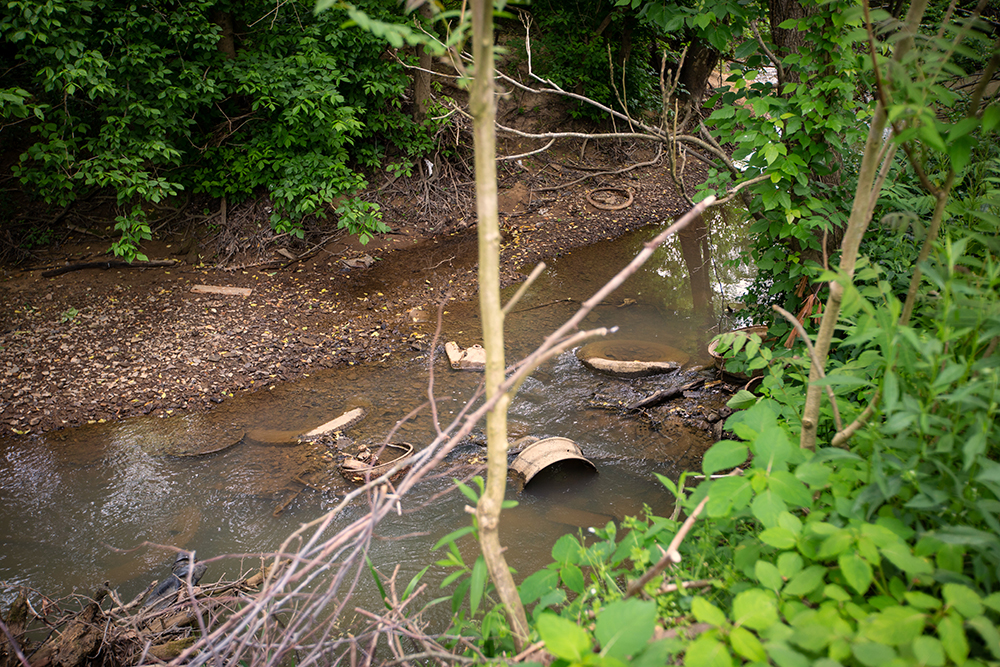
In the photo above, you can see how the car’s parts have scattered along the creek bottom. As flood after flood ripped the cars apart, and rust and time took their toll, their parts floated downstream, the heaviest of them staying close to home along Vernon and Mary’s yard. If you have ever wondered how long it takes for a car to fall apart in water, the answer isn’t as straightforward as you’d think. The outer shell was probably gone within 30 years, but here we are 55 years on, and we still see the fully intact rubber tires and steel wheels and various other steel or iron parts of the car covered in mud as if trying to blend in with the bedrock. The entirety of Caney is like this. There’s no place along this creek where you won’t find a nail, a tire, a muffler, a toy, a washing machine, broken glass galore, and now, sadly, plastic. This isn’t a result of flooding. This is life in Appalachia and the old way of doing things, from shoring up the yards to burning trash; the creek water took it all away, or at least out of sight… sort of.
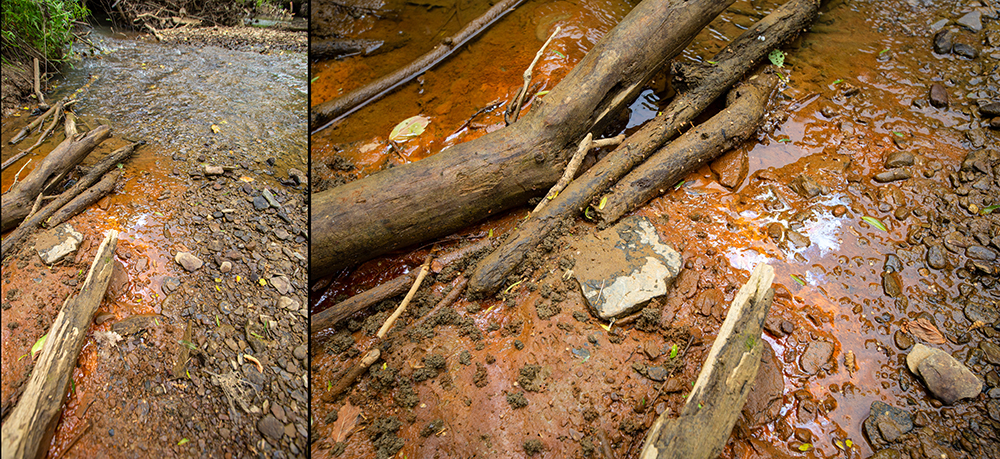
Looking at the lower left of the first photo in this post, you can see this orange mud. This wasn’t the only spot of orange mud along my brief creek walk, and these spots aren’t new. I’ve seen them my whole life. What are they, and what causes them? The hills behind Ade Lykins’ farm were strip-mined in the early 1970s. Upstream, Cannel City was once one of the largest coal camps in America, home to an estimated 10,000 people. It was a deep mine that was exhausted by the 1930s. Anyone from Cannel City can tell you what the well water smells like up there. How it stains sinks and makes the house smell of rotten egg sulfur. According to some reports, “The [orange] color is indicative of acid mine drainage, which is characterized by the oxidation of sulfide metals — in Appalachia, the compound is usually iron (II) disulfide, also known as pyrite.” Further still, “Acid mine drainage (AMD) forms when sulphide minerals have been exposed to oxidising conditions during mining and other excavation activities, such as highway construction. In the presence of oxygen and water, sulphide minerals oxidise to form sulphate-rich and often metal-laden soil. AMD can be toxic to vegetation and can reduce the potability of water supplies.” Sometimes, this oxidization naturally occurs and is known as Iron-oxidizing bacteria, but I’ve never once heard of this being a naturally occurring effect in Eastern Kentucky, only out west where geothermal activity is more common. The grey color of the water flowing in Caney Creek isn’t natural, either. When I was a child, most houses along the creek ran their sewer and wastewater lines directly into the creek. You could stand in the creek near any house, watch toilet paper, and laundry suds gush into the creek and float downstream. This was long before the EPA required septic systems. Surprisingly, there were still fish, crawdads, and other aquatic life in the creek back then. I didn’t see any evidence of life this time. Are there still lines dumping into the creek? Probably. This is a poor area of the country, and services like sewer lines or septic tanks aren’t cheap, especially if they break. There are plenty along the creek who can’t afford to fix what little they’ve got. But nature calls, and when you gotta go, you gotta go, and your gotta go has got to go someplace.
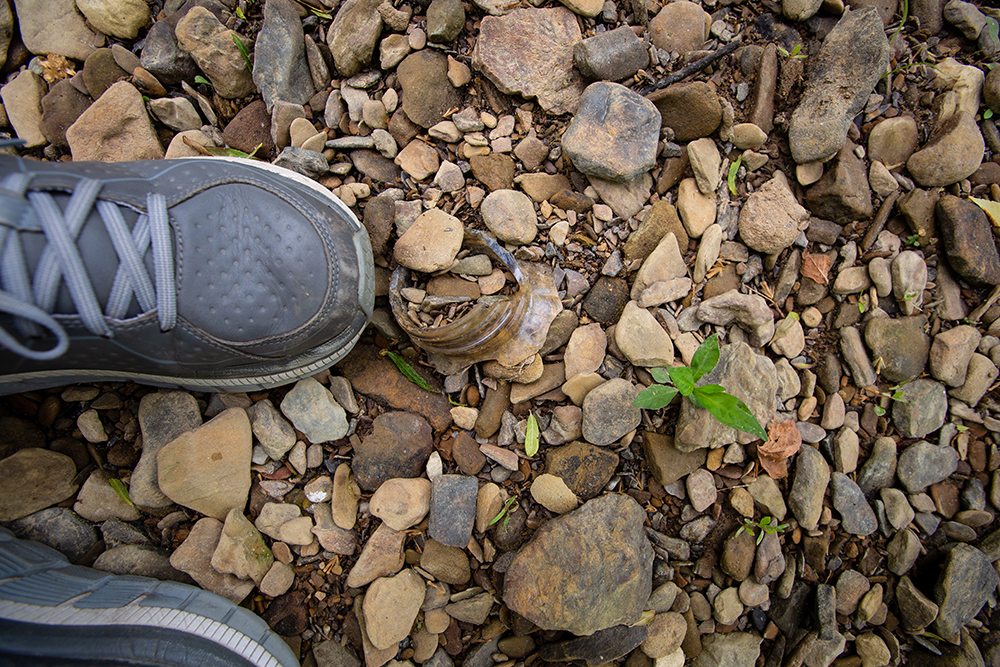
We have over a hundred years of decay and trash up and down the creek and its bottomlands. If we stopped polluting right now, we’d still be several hundred years away from the creek healing itself. If we don’t actively try to clean it up, it will take nature decades to decay all the metal and return the glass to sand. Plastics could take a millennium or more to dissolve. Kentucky is at the top of the nation’s cancer rate list, the cause blamed on smoking, poor diet, and lack of screening. A report in 2016 from the North American Association of Central Cancer Registries provides an alternative to this all-too-popular theory. “However, there are several recent studies that provide strong evidence showing the high rates on lung cancer are not accounted for by smoking alone. To put this issue in context, if a person smokes their risk of lung cancer is 11 to 14 times that of a non-smoker. However, if a person smokes and is also exposed to asbestos, their risk of lung cancer can be 300 times that of a non-smoker. We believe that something like this is accounting for the excessively high lung cancer incidence rates in Appalachian Kentucky. Our own studies have shown that people living in the Appalachian area of Kentucky have elevated levels of arsenic and chromium. Both arsenic and chromium are known lung cancer carcinogens. Therefore, we believe that the excessively high lung cancer incidence rates may be due to the higher rates of smoking in combination with exposure to arsenic and chromium.” Acid Mine Drainage (ADM) contains, among other things, arsenic and high levels of it. No one will ever convince me that the effects of mining aren’t lethal to humans, not to mention animals and the environment. It’s just a matter of time before no one can dispute the evidence anymore. By then, it will be too late for thousands of Appalachians who have died from preventable cancers. My advice? Avoid the orange mud, but keep playing outside. Might as well. After all, ain’t none of us getting out of here alive.



Leave a Reply